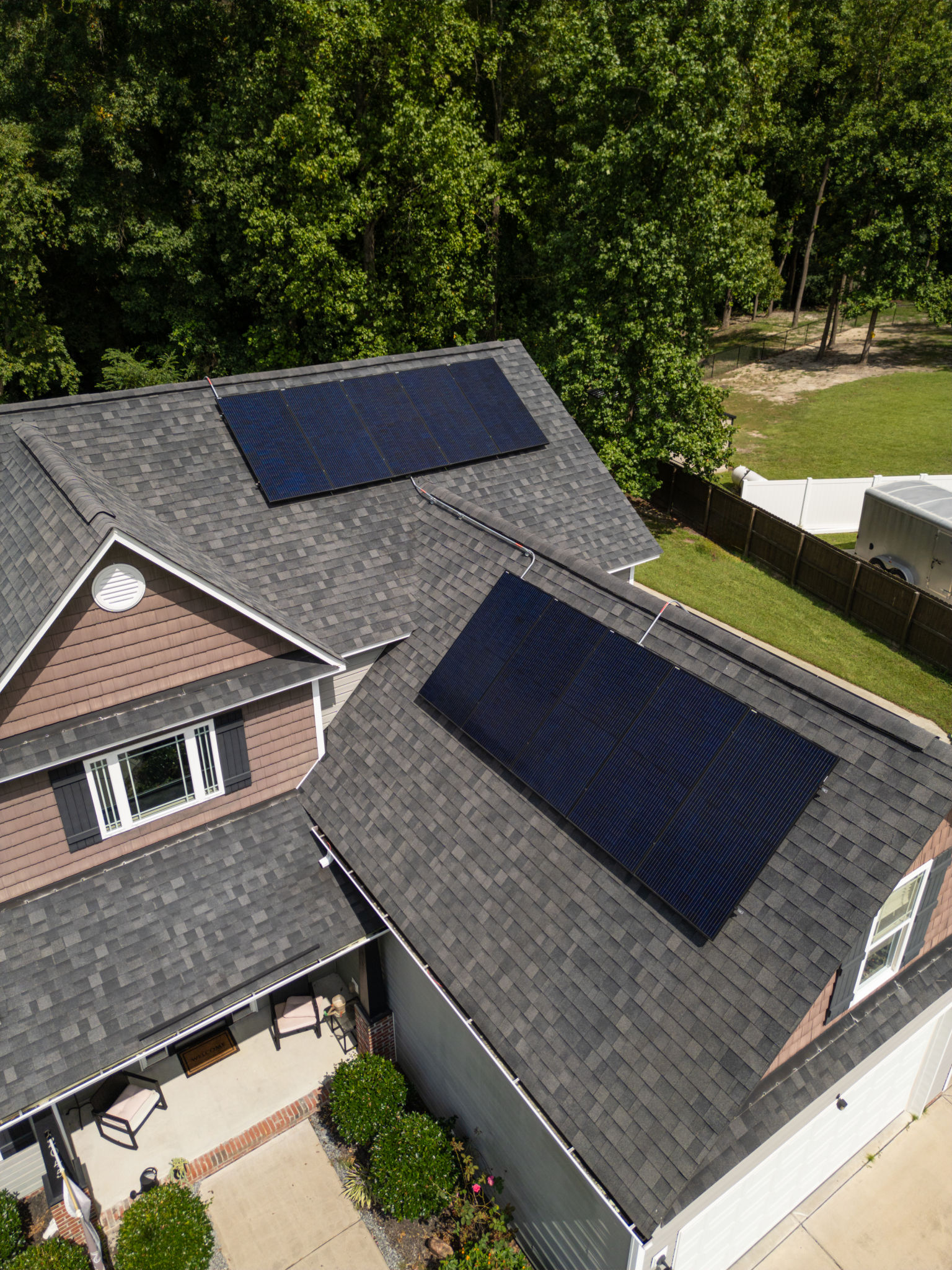Debunking Common Myths About Solar Energy in Australia
Understanding Solar Energy in Australia
Solar energy is rapidly gaining popularity across Australia, but several myths still persist, clouding public perception. It’s crucial to separate fact from fiction to make informed decisions about adopting solar technology. Here, we debunk some common myths surrounding solar energy in Australia.

Myth 1: Solar Panels Don’t Work in Cloudy Weather
One of the most prevalent myths is that solar panels are ineffective in cloudy or rainy conditions. While it’s true that solar panels are most efficient under direct sunlight, they continue to generate electricity even on overcast days. Modern solar panels are designed to capture a broad spectrum of light, ensuring they can still produce energy without full sun exposure.
In fact, solar energy systems in areas with less-than-ideal weather conditions, such as Germany, have shown that efficiency isn’t significantly compromised. So, even if you’re in a part of Australia known for inclement weather, solar can still be a viable option.
Myth 2: Solar Energy is Expensive
Many believe that the upfront cost of installing solar panels is prohibitively expensive. However, the cost of solar technology has dropped significantly over the past decade. According to industry data, prices have decreased by over 70%, making solar more accessible than ever.

Furthermore, government incentives and rebates can help offset the initial investment. Over time, the savings on electricity bills can lead to substantial financial benefits, often paying back the initial costs within a few years.
Myth 3: Solar Panels Require a Lot of Maintenance
Another misconception is that solar panels are high-maintenance. In reality, solar panels are incredibly durable and require minimal upkeep. Regular cleaning to remove dust and debris is usually sufficient to keep them operating efficiently.
Most solar panels come with warranties spanning 20 to 25 years, underscoring their longevity and reliability. Routine checks by a professional can ensure that systems are running optimally, but these are typically infrequent and straightforward.

Myth 4: Solar Energy Isn’t Environmentally Friendly
Some argue that the production and disposal of solar panels negate their environmental benefits. While there is an environmental cost in manufacturing, the net effect is overwhelmingly positive. Solar panels generate clean energy, reducing reliance on fossil fuels and lowering greenhouse gas emissions.
Recycling programs for solar panels are also expanding, further reducing their environmental impact. As technology advances, the production footprint is expected to decrease, making solar an even more sustainable choice.
Myth 5: Solar Panels Will Damage My Roof
Concerns about roof damage deter some homeowners from installing solar panels. However, when installed correctly by professionals, solar panels can actually protect the roof by shielding it from the elements. Installers ensure that solar systems are secured without causing leaks or structural damage.
Moreover, solar panels can add value to your property, making them not only a wise environmental choice but also a smart financial investment.

By debunking these myths, Australians can make informed decisions about embracing solar energy. As technology continues to improve, solar power remains a promising and sustainable energy solution for the future.
